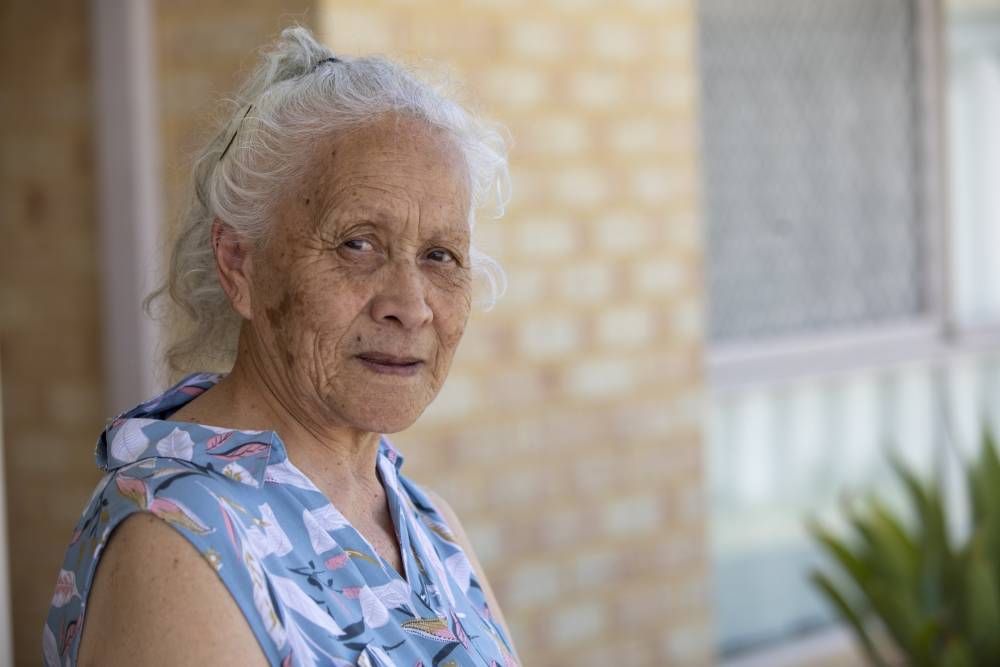
New research reveals that small homes run by the government deliver the highest quality aged care services to residents.
The Royal Commission into Aged Care Quality and Safety analysed more than 50 quality indicators including data on clinical outcomes, compliance, complaints, assaults, missing residents, consumer experience, and workforce levels.
The data was gleaned from a range of sources, and was made available and open to scrutiny for the first time due to the powers of the royal commission.
It is the most detailed profile of aged care quality ever published in Australia, a statement from the royal commission said.
The findings of the research are published in a paper titled ‘Residential Care Quality Indicator Profile’.
Residents in government-run homes receive significantly more hours of care from nurses than those in either not-for-profit or for-profit homes, likely in part because some states have implemented staff ratios in aged care homes.
Residents in government-run homes received 119 minutes per day of nursing care minutes, compared with only 39 minutes in both not-for-profit and for-profit homes.
In smaller homes (1–30 beds), residents received 91 nursing care minutes, compared with 44 minutes in 31–60 bed homes, 40 minutes in 61–100 bed homes and, again, 39 minutes of nursing care minutes per day in large homes with more than 101 beds.
There were also fewer pressure injuries at government-run homes. On average, there were 7.21 injuries per 100 residents. In not-for-profit homes, the rate of pressure injuries was 8.44 per 100 residents, and 8.23 per 100 residents in for-profit homes.
There were also fewer residents who experienced significant unplanned weight loss in government-run homes: one in every 15.6 patients, compared to one in 11.8 residents in not-for-profit homes, and one in 11.1 in for-profits.
The data also revealed some shocking truths about the use of medication in aged care homes in Australia.
The data showed that about one quarter of aged care residents are prescribed antipsychotic medication (1 in every 4.1 residents in government-run aged care homes, 1 in 4.3 for not for profits and 1 in 4.3 in for profit homes). The figures were approximately the same for every size of home too.
And around 1 in every 3 residents were deemed to be “chronic opioid users”.
Government-run facilities had the best results for 31 of the quality indicators, compared to not-for-profit homes which had top results in two indicators, while for-profit aged care homes performed best in only one quality indicator.
Only 9 per cent of Australia’s aged care homes are government run, compared with around 57 per cent being not-for-profit organisations, and 34 per cent operated by for-profit organisations.
Non-profit facilities had stronger average results than for-profit facilities on 25 indicators, whereas for-profit facilities had stronger results on 2 indicators.
Small homes (1–30 residents) comprise only 11 per cent of all aged care homes in Australia, whereas around 26 per cent have 31-60 places, 32 per cent have 61-100 places, and 31 per cent have over 100 places.
Small homes had the best results for 24 aged care quality indicators. Homes with more than 180 beds returned the best result on only six indicators.
The research “demonstrates the value of making data publicly available at facility level,” a statement from the royal commission said.
The study did not extend to home care because “little data is available about the quality and safety of these services”.
The aged care sector was reformed in 1997 to place a greater emphasis on a corporate model of aged care. The royal commission has been questioning that shift, saying the idea that aged care is a free market is a “myth”.
Decisions about aged care are often made during periods of great stress, and so-called consumers are often not in a good position to be making difficult decisions about their future. Therefore aged care is not a true market, the royal commission has said.
In their final comments to the commissioners, counsels assisting said it was interesting that government-run facilities rated better on quality measures because “evidence reveals that, on average, people living in government-run residential aged care facilities, at least in Victoria, have higher care needs than those in the private sector”.